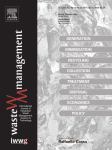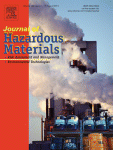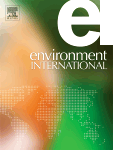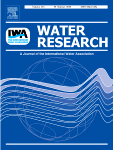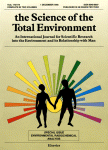Fractionation and fluxes of metals and radionuclides during the recycling process of phosphogypsum wastes applied to mineral CO2 sequestration
Abstract The industry of phosphoric acid produces a calcium-rich by-product known as phosphogypsum, which is usually stored in large stacks of millions of tons. Up to now, no commercial application has been widely implemented for its reuse because of the significant presence of potentially toxic contaminants. This work confirmed that up to 96% of the Read more about Fractionation and fluxes of metals and radionuclides during the recycling process of phosphogypsum wastes applied to mineral CO2 sequestration[…]

